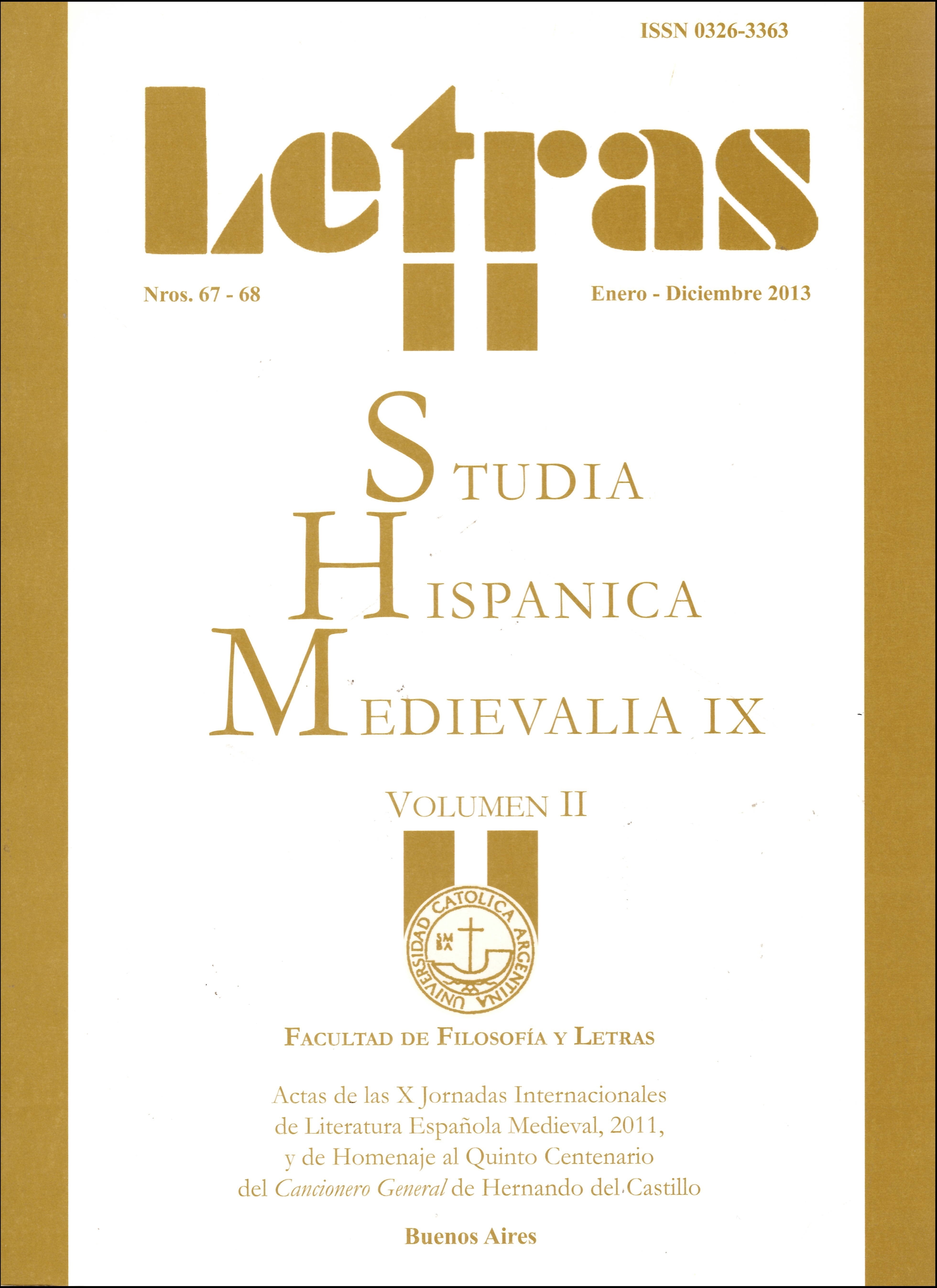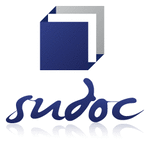La heráldica, el retrato y el fin de la Edad Media : un acercamiento antropológico a la iconografía
Keywords:
Portrait, Heraldry, Iconography, Anthropology, HumanismAbstract
During the Middle Ages, heraldry appeared as a means for identifying some aspects of persons, their social conditions or their specific activities. The use of coats of arms since the eleventh century generated an important number of signs, colours and symbols that edified a “reading pattern” of the “social face” of the person whose portrait was made, rejecting the possible truthfulness in the portrait painted or sculpted. To compare this, the portrait making that existed during the Middle Ages of royal, sacred or ideal persons advanced to a progressive naturalism that concluded on the fifteenth century, with the reproduction of the portrayed just as his/her physiognomy was and leaving the stereotyped cannon that had proliferated during the preceding centuries. Finally, with the increasing Humanism, the apparition of perspective and the abandonment of the identification of a person whit his coat of arms, the portrayed began to look at the eyes of the observer and “establish a dialogue”, thus showing spiritual aspects that were hidden before. The aim of this paper is to approach, from anthropologic point of view, the Late Medieval and Renaissance portrait in conjunction with the changes operated in heraldry and iconography, proving that the look has a great intention, the faces have frontal appearances and the heraldic symbols lose the importance they had in the preceding centuriesDownloads
Downloads
Published
2019-04-23
How to Cite
Rigueiro García, J. (2019). La heráldica, el retrato y el fin de la Edad Media : un acercamiento antropológico a la iconografía. Letras, (67-68), 163–176. Retrieved from https://erevistas.uca.edu.ar/index.php/LET/article/view/1803
Issue
Section
Ponencias
License
















